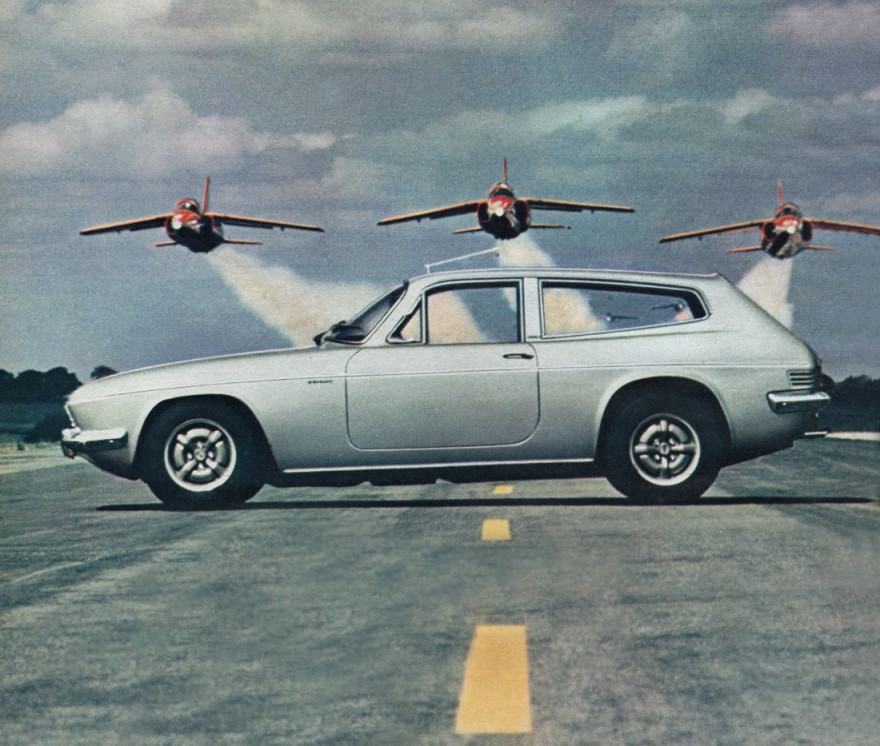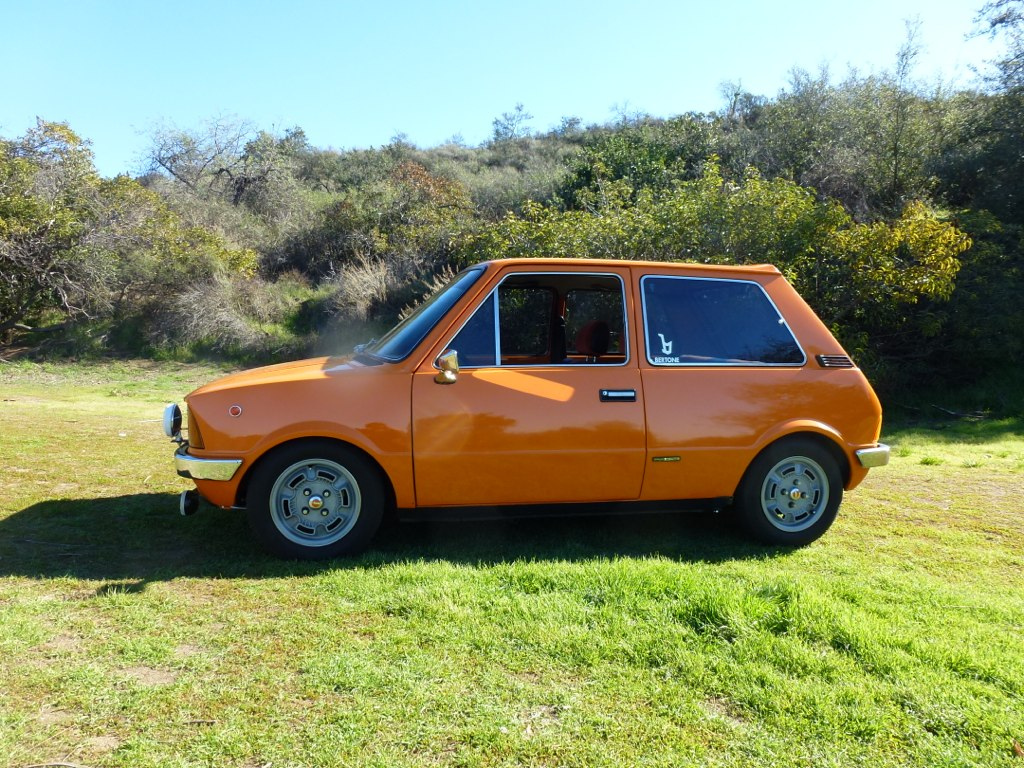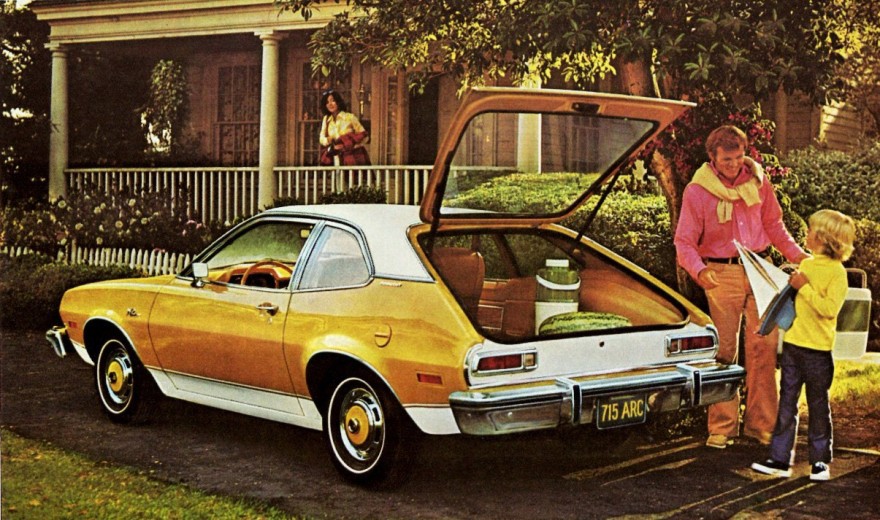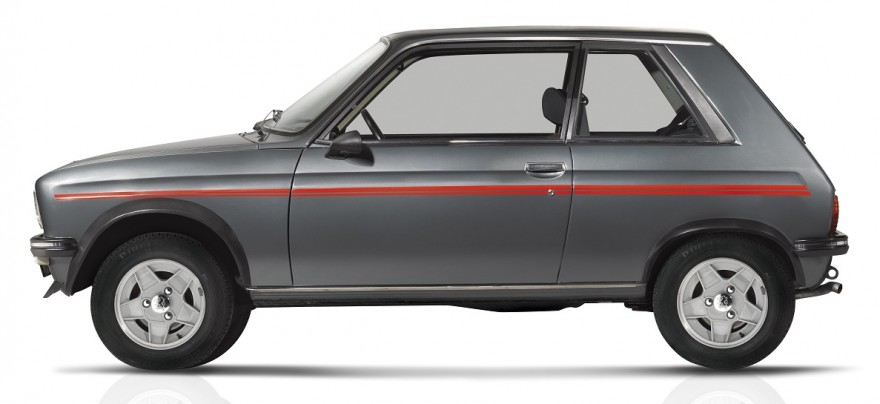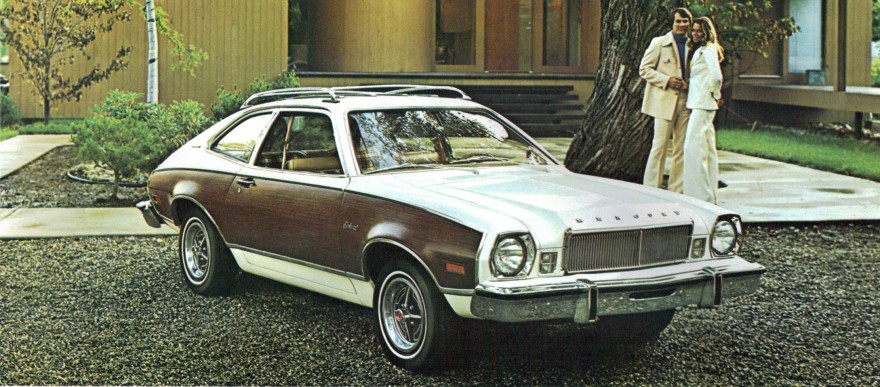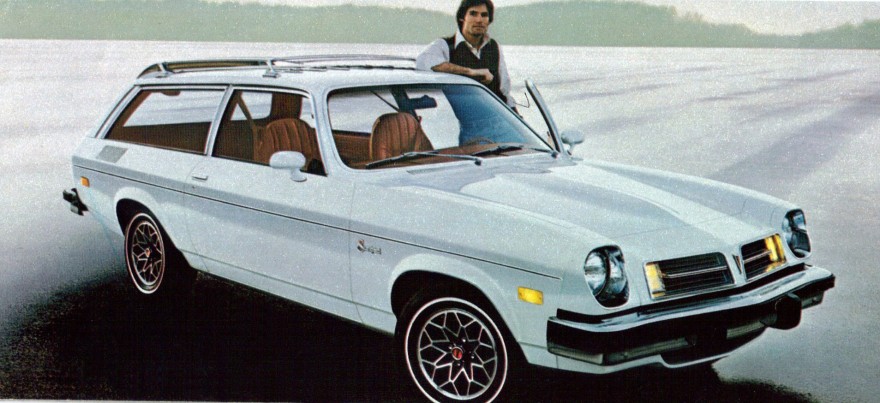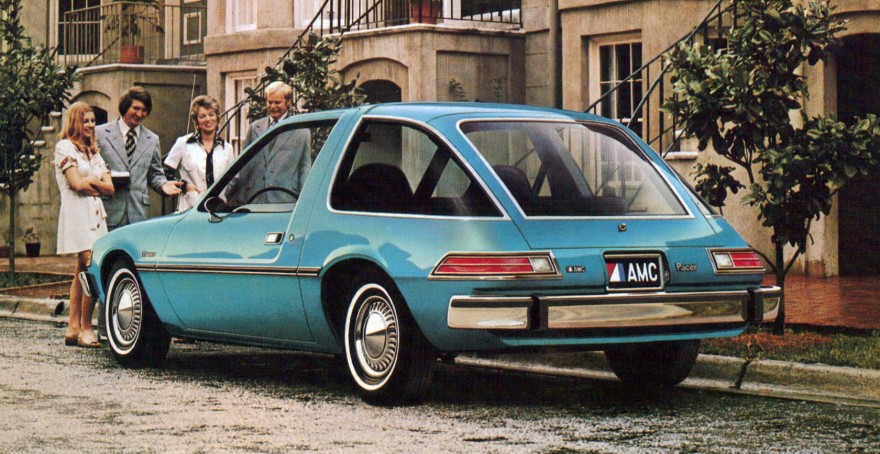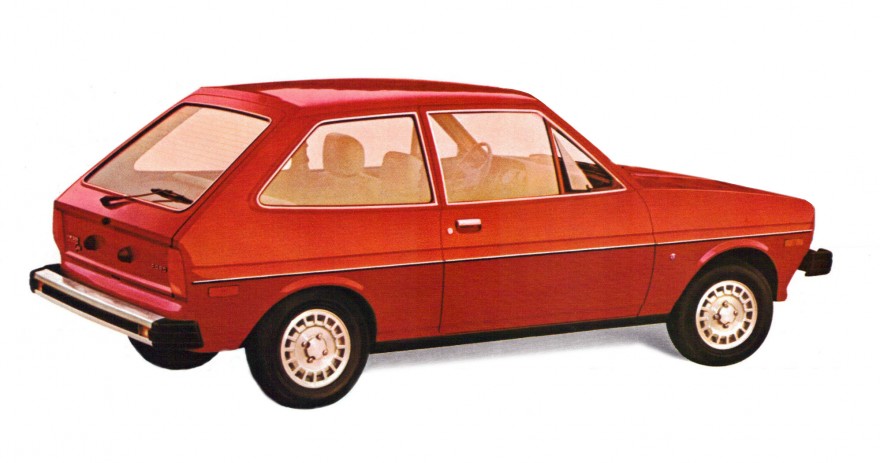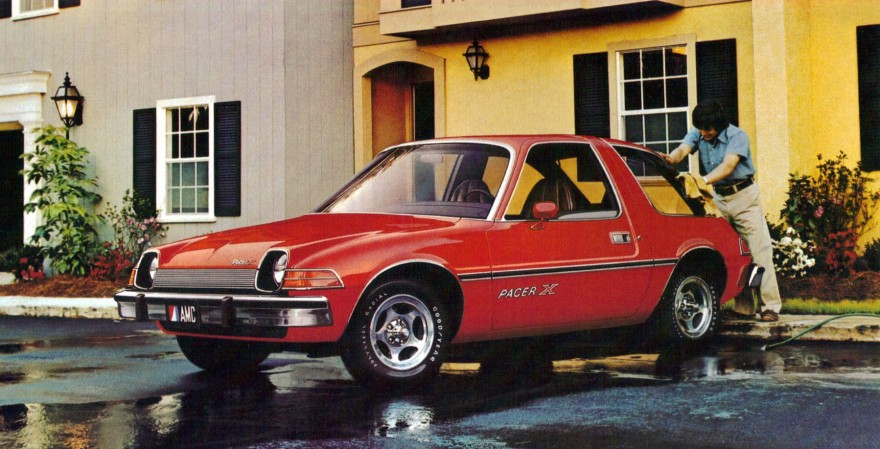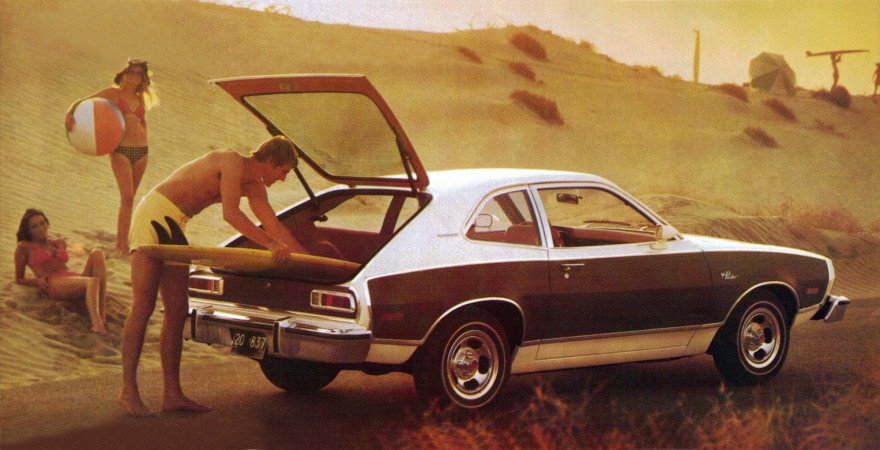Golf Mk1 – 1974 to 1983.
The first full-production Golf rolled off the production line in Wolfsburg in March 1974 and was in Volkswagen dealerships that May. In those showrooms, where for decades the Beetle and thus rear-mounted engines and rear-wheel drive had dominated the scene, a new era had thus dawned: that of the transversely mounted front engine and front-wheel drive. This trend had been heralded a short time earlier by the Scirocco and – as the first Volkswagen front-wheel drive car, based on the K70 taken over from NSU – the Passat, launched in 1973. With the launch of the Golf, the highest volume vehicle category had now also been switched to the new technology.
As the successor to the legendary Beetle, of which over 21.5 million units were made, the Golf Mk1 designed by Giorgio Giugiaro had to live up to the great expectations of continuing the success story of what until then was the world’s most successful car. In the spring of 1974, nobody could really be sure that this would indeed be achieved. However, the modern and reliable drive system, the spacious internal layout with a tailgate and fold-down rear seat and ultimately the design as well won over the market to such an extent that production of the one-millionth Golf was already being celebrated in October 1976.
Volkswagen wrote at that time about the new car: “The Golf offers maximum luggage space and safety. It is laid out uncompromisingly for practical use. The low beltline provides clarity, the sloping bonnet allows a clear view of the road right up to just in front of the car and the low rear window makes reversing easy.” And that applies to this day.
Like every Golf thereafter, the first generation too was already a reflection of the progress and automotive trends of its era. Thus, for example, in launching the first Golf GTI (in 1976) Volkswagen heralded the introduction of greater dynamism in this class, while the Golf D (naturally aspirated diesel engine, 1976) and the later Golf GTD (turbodiesel, 1982) marked the breakthrough for diesel cars in the compact segment. In 1979, with the Golf Cabriolet – at times the world’s best-selling open-top car – Volkswagen brought a breath of fresh air into a vehicle category that by that time had long been simply called the ‘Golf class’. 6.72 million units of the first generation Golf, including all derivatives and the Jetta (at that time based on the same body), were sold across every continent of the globe – the Golf had proved itself a worthy successor to the Beetle. (source: Volkswagen)
1974 Volkswagen Golf (Mk1)
